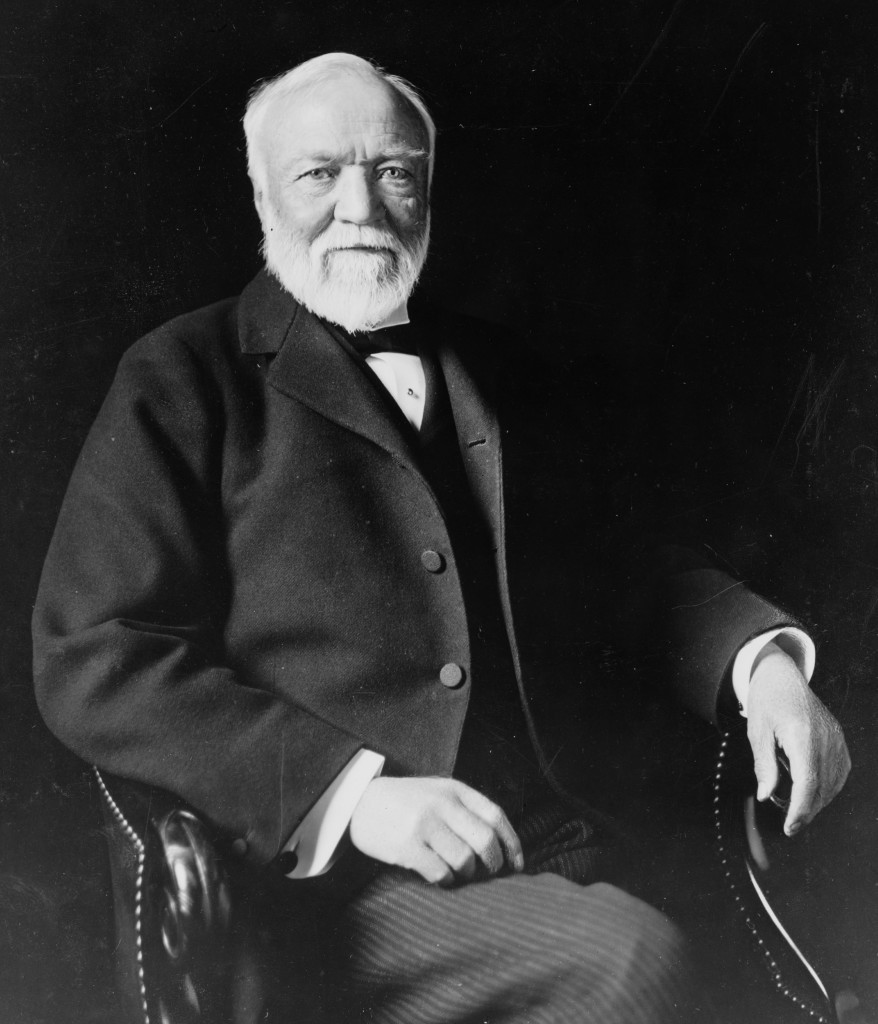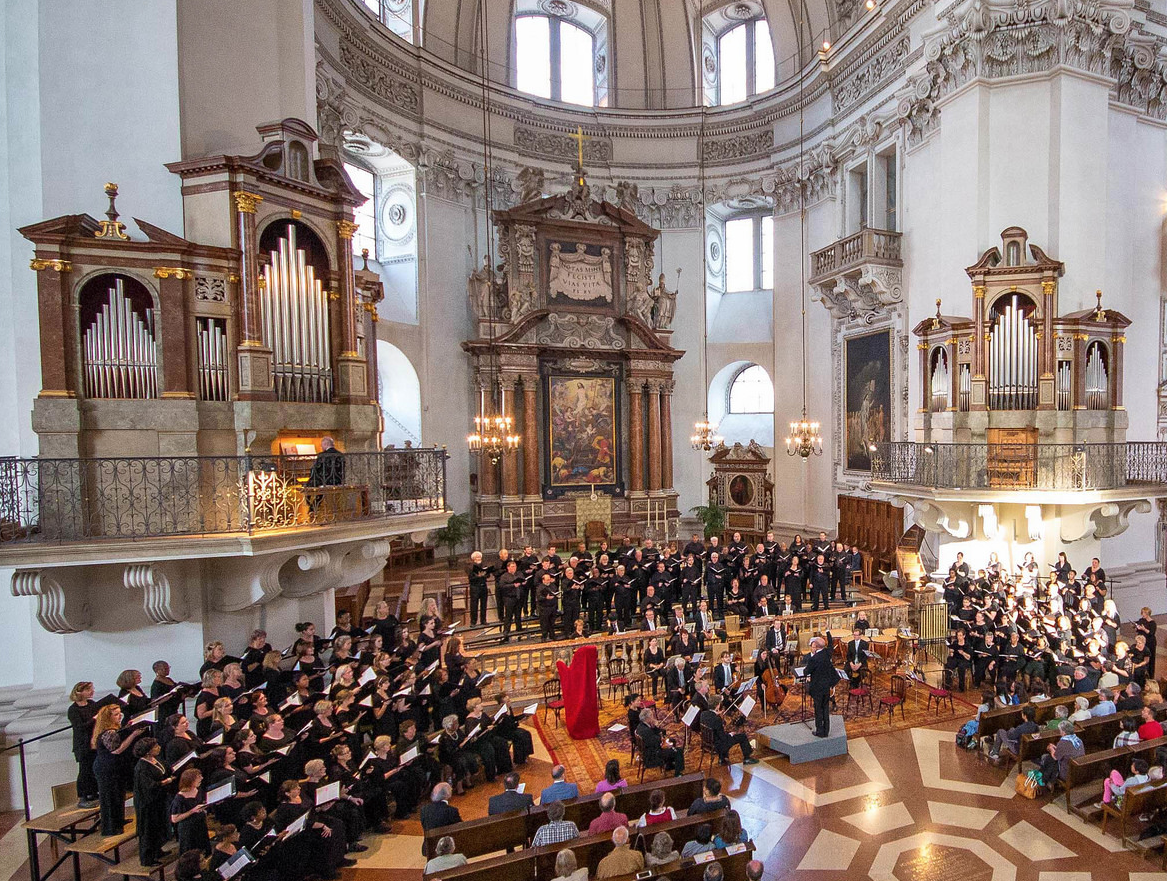
This year, Carnegie Hall in New York City is celebrating its 125th anniversary. This architecturally outstanding building has embraced a wealth of talented performers in a variety of arts.
So, how did it all begin?

Andrew Carnegie
The building of this hall was pinnacle of a dream of two friends - conductor Walter Damrosch and industrialist Andrew Carnegie. Damrosch intentions to build a new concert hall were passed on to him from his father Leopold, who aspired to find a suitable home for their Symphony Society (considered “second-rate” compared to the high-caliber Philharmonic Society). The arts and music of the era were thriving in such a way that the performances were outgrowing the spaces that they were offered to play in. Amidst the creative opportunity of twentieth century New York City, Damrosch’s dreams finally could be realized thanks to the tenacity of young Carnegie.
The building was completed in the spring of 1891, showing off its beautiful Italian Renaissance–style façade of terra cotta and brick with a five-day opening festival headlined by Tschaikovsky. In its first twenty years, Carnegie Hall welcomed some of the world’s greatest pianists, including Sergei Rachmaninoff, Ignacy Jan Paderewsk, and Leopold Godowsky. This tradition is still a part of the hall today.
When orchestras began to tour in the early part of the twentieth century, stopping at Carnegie Hall became critical to asserting your reputation at home and across the country. Carnegie Hall has been a beloved venue for the world’s finest conductors, such as Arthur Nikisch, Gustav Mahler, Charles Munch, Leopold Stokowski, Fritz Reiner, and Bruno Walter.
Throughout the twentieth century, Carnegie Hall was a public gathering place where the citizens could gather to express themselves artistically and poetically. Not only did it host great classical musical acts, but it honored great spokespeople: Margaret Sanger took the stage to lobby for birth control and Emmeline Pankhurst for women’s suffrage.
After Andrew Carnegie passed away, the fate of his hall was uncertain. While a few people speculated purchasing the building, it ultimately passed onto the city’s hands for $5 million and transitioned into a nonprofit. It is remarkable in its consistently in exposing a variety of genres to the public and especially encourage the imagination of young artists.
Join
Jo-Michael Scheibe at Carnegie Hall this April for a performance of Solemn Vespers.
 This year, Carnegie Hall in New York City is celebrating its 125th anniversary. This architecturally outstanding building has embraced a wealth of talented performers in a variety of arts.
So, how did it all begin?
This year, Carnegie Hall in New York City is celebrating its 125th anniversary. This architecturally outstanding building has embraced a wealth of talented performers in a variety of arts.
So, how did it all begin?


 This year, Carnegie Hall in New York City is celebrating its 125th anniversary. This architecturally outstanding building has embraced a wealth of talented performers in a variety of arts.
So, how did it all begin?
This year, Carnegie Hall in New York City is celebrating its 125th anniversary. This architecturally outstanding building has embraced a wealth of talented performers in a variety of arts.
So, how did it all begin?
